Have you ever heard of pea brush? It’s nothing new. In fact, it goes back who knows how long. It is an age-old way to support your peas for free in a way that is as eco-friendly as it gets!
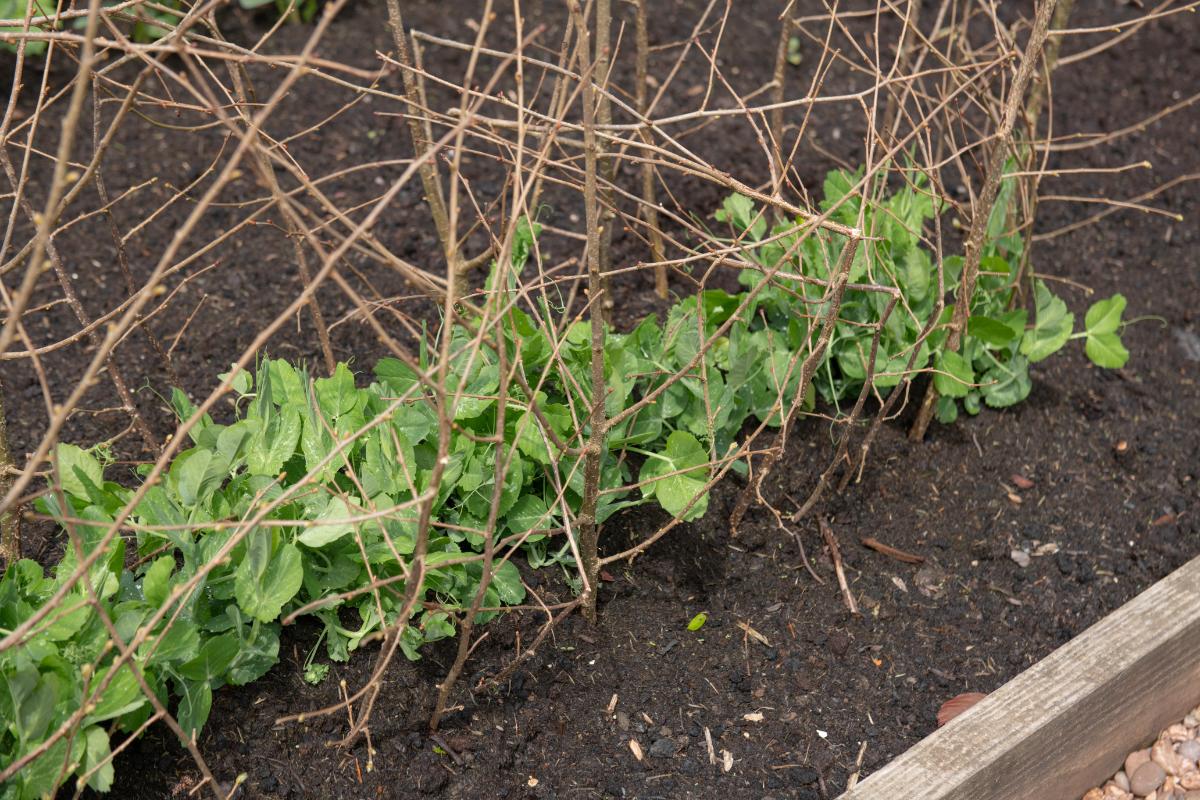
This is a wise old gardening tradition that definitely deserves to be brought back.
Jump to:
What is Pea Brush, and What is Pea Brush Used for?
Pea brush is a way of supporting climbing peas in the vegetable garden. Instead of using costly and cumbersome fencing, you just use sections of branches and brush to support your peas instead.
Pea brush is really just pieces of branches, sticks, and prunings from trees and shrubs that are then stuck in the ground for the pea seedlings to climb on.
Let’s look at a few more specifics about how to collect for pea brush, what to use, and how to use it.
Did You Know? There’s a Poem About Pea Brush!
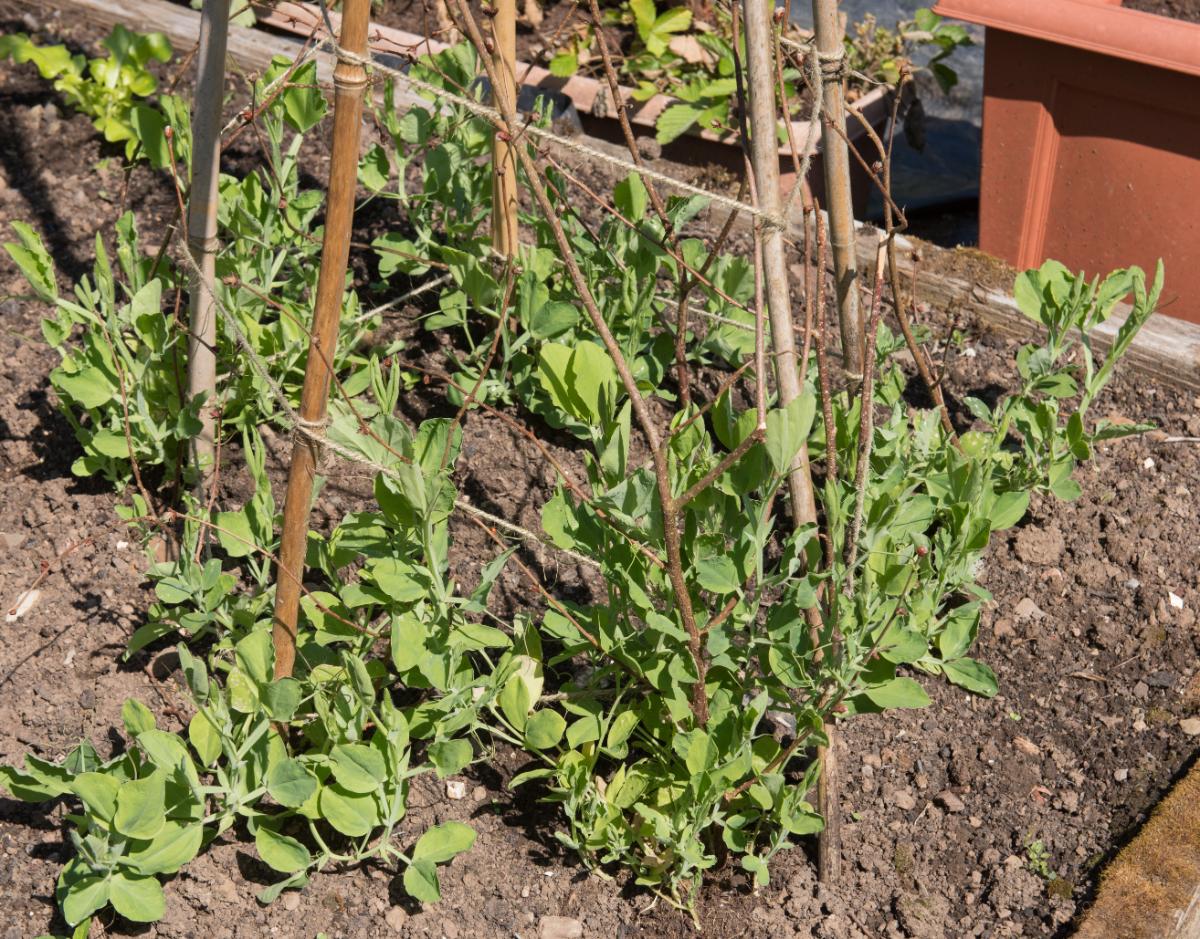
It’s true! American poet Robert Frost wrote a poem about going down to a wood lot to collect pea brush from a friend. It paints a vivid picture of early spring in New England and tells you a thing or two about pea brush!
“I walked down alone Sunday after church
To the place where John has been cutting trees
To see for myself about the birch
He said I could have to bush my peas…
They might be good for garden things
To curl a little finger round,
The same as you seize cat’s-cradle strings,
And lift themselves up off the ground.”
Sourcing and Collecting Pea Brush
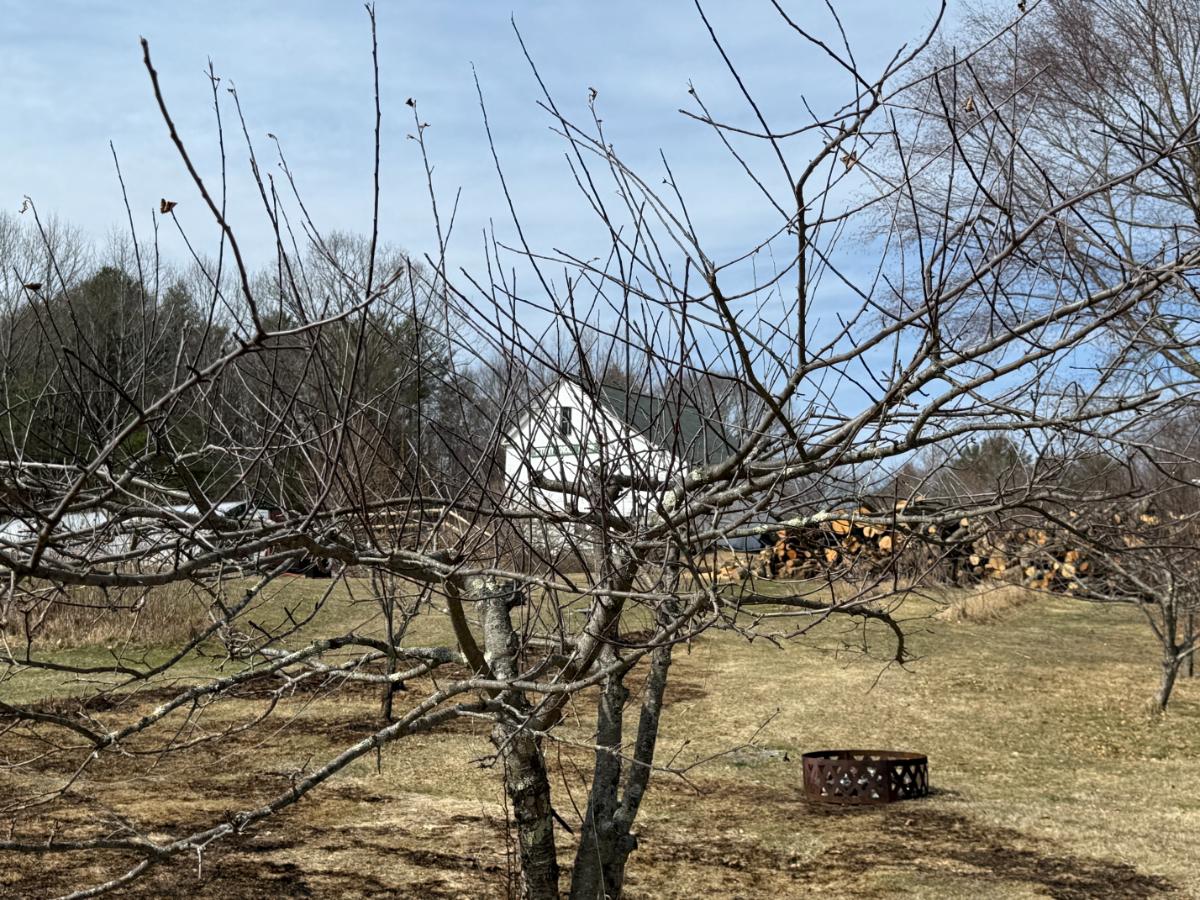
Traditionally, pea brush was often collected from spring tree prunings, such as from the branches and twigs that were pruned off an apple and other fruit trees in the spring. What a perfect way to use that “waste”!
Of course, apple and fruit trees are not the only types of trees that pea brush can be collected from.
Orchard prunings are traditional because they came at the right time, and there were plenty of them. Pea planting timelines are up almost exactly with late winter and dormant spring planting time.
Pruning would typically happen first, with spring peas going into the cool ground shortly thereafter. So, it was easy to set aside a nice pile of potential pea brush when the orchards, trees, bushes, and shrubs got pruned.
If you are pruning trees or shrubs in the spring, that may give you all the pea brush you need. If not, take a look around for local sources of brush that can work to support your peas. Here are some ideas to help you find pea brush near you:
- Take a walk around your yard and scout out trees, bushes, and shrubs that have overgrowth or old growth that might be good to go and that might still be sturdy enough for a season of pea support
- Collect sticks, twigs, and broken branches from storms and winter breakage
- Ask friends and neighbors if they have prunings or a brush pile that you can go through -- not too many people will say “no” to you taking away their yard waste!
- Put a shout-out on your social media account(s) and ask people if they have a small brush and if you can do them the favor of collecting it
- Take a walk and see if there is brush you can clean up from the sides of the road
- Can you (legally) cut and remove brushy roadside growth?
- Does your town keep a local yard waste dump that you might be able to forage for finds?
- Is there a woodland or forest nearby that you could walk through to pick up sticks?
- Is there a community garden that might have spring prunings for you to use?
- Is there a local orchard business? They’re sure to have prunings and might not mind reducing their waste pile, which they probably have somewhere on site.
- Talk to a local landscaper or landscape company. Surely, they’re doing a lot of spring cleaning and pruning for customers, and you might be doing them a favor by helping them dispose of some of the waste for free.
Tips for What to Look for When Sourcing Pea Brush
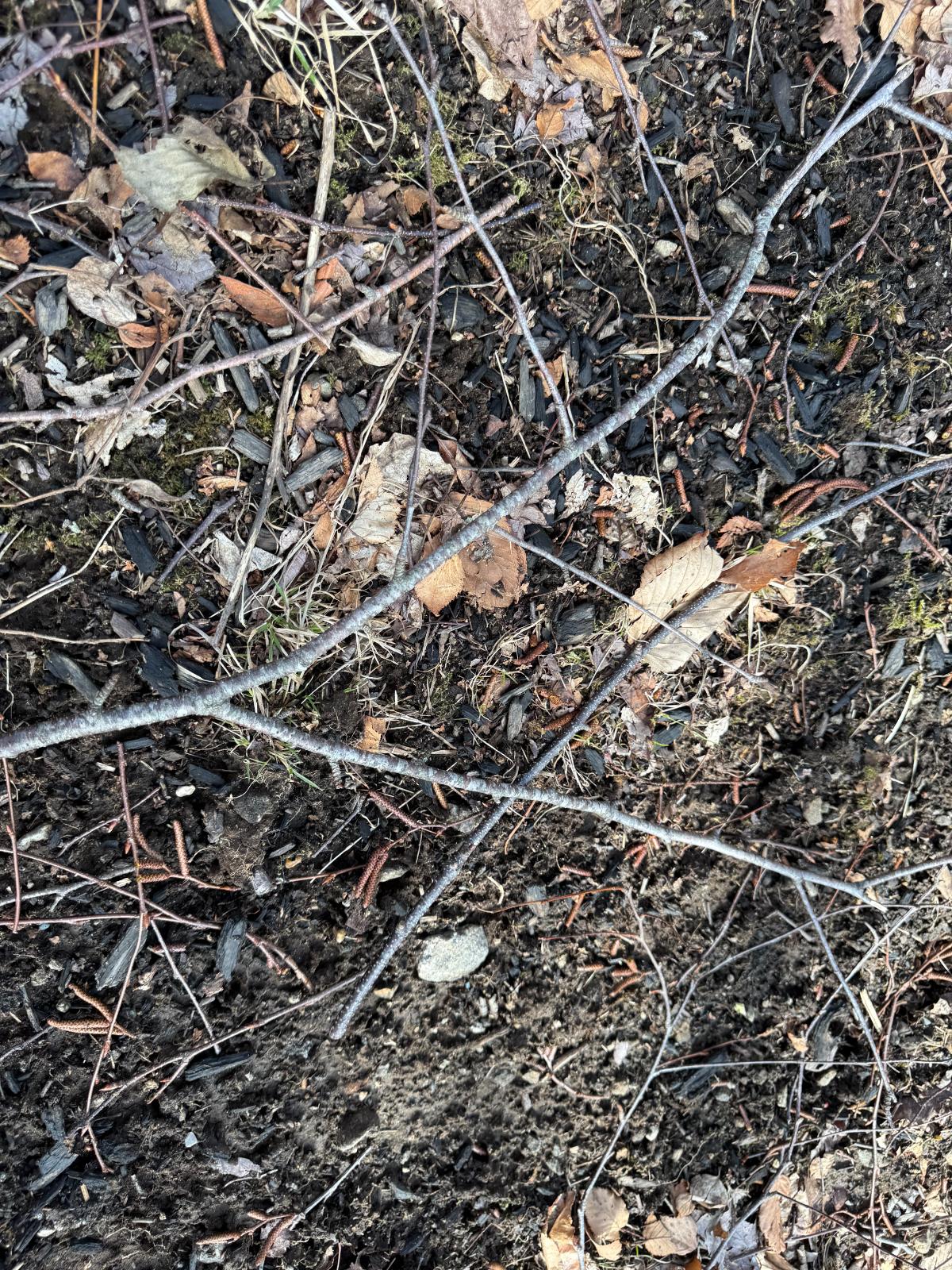
- Sturdy lengths of branches, sticks, or long twigs
- The brush should be stiff, but it should not be brittle
- Old dead wood is fine to use as long as it isn’t too dead and dried and it doesn’t easily snap or break
- Some flexibility in the wood will help keep it from breaking in high winds
- Branches should be between one-half (½) and one (1) inch in diameter at the base of the section so that they push easily into the ground (this is an estimate, and you can go larger as long as you can get the brush into the soil)
- Sections of branches with dense branches work best
- Saplings from trees that are cut for removal are good candidates and can be great for larger trellising and bigger pea varieties
- Smaller branches can be used as-is
- Larger branches can be cut down to size for the different types of peas or plants you may be brushing
- Single, unbranched, long wood and brush can be used, as can branches that don’t have much branching to them, but you’ll get more coverage with branched sections
- Single or barely branched lengths will need to be installed more closely together to give the peas enough support and enough options to climb on
- Ideally, give the branches several weeks to dry down (or even months if they’re taken in early winter)
- Brush cut earlier in the year is perfect for brushing peas because it will already be somewhat dried down
- What you’re trying to avoid are prunings from trees or shrubs that are very “wet” with sap or that are still dormant and might root from contact with the soil
- This is not as common in hardwoods and fruit tree prunings, but it might happen with cuttings from things like elderberries or live sumac that are known to root from dormant sections and leaf nodes
Some examples of trees that make good pea brush are
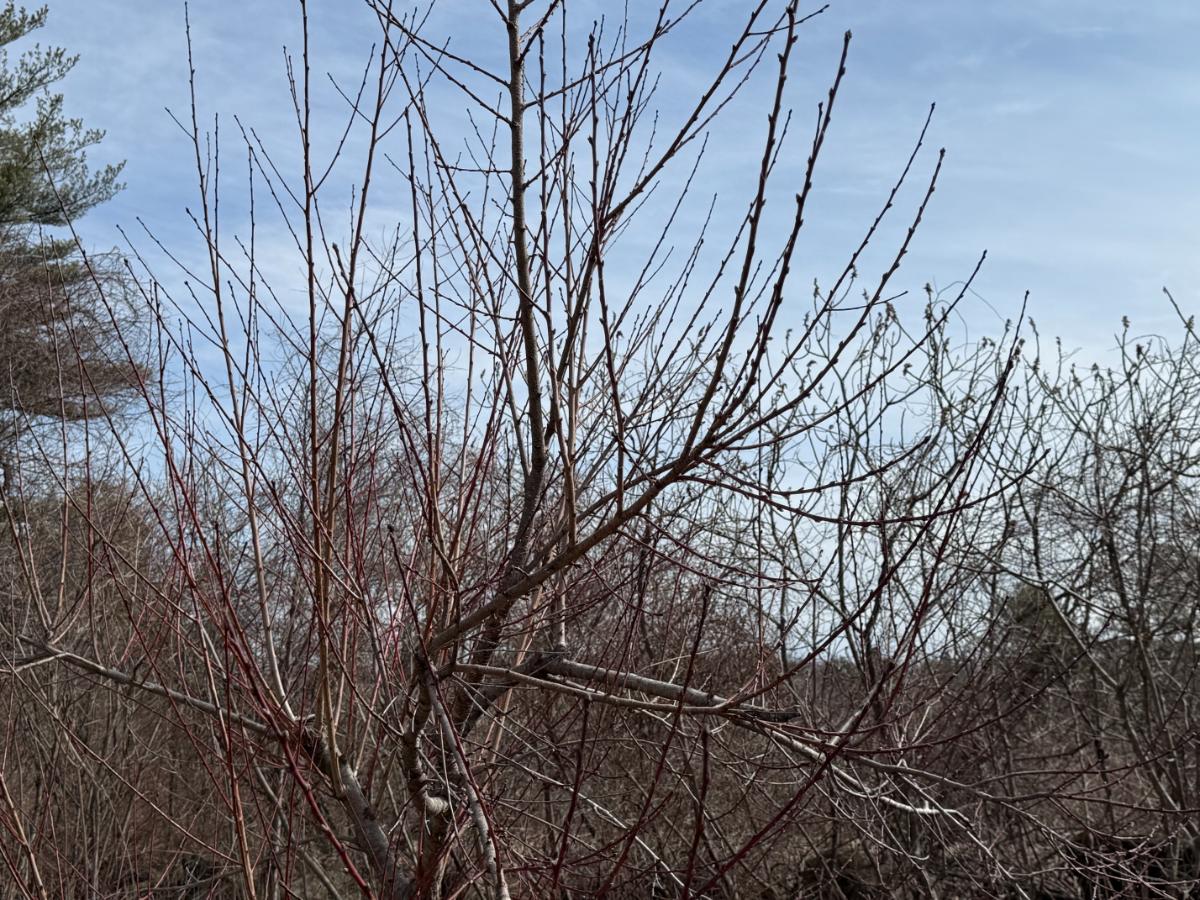
- Apple trees
- Orchard fruit trees like peaches, pears, plums, and others
- Birch (most any birch variety)
- Dogwood
- Willow
- Maple
- Oak
- Hazelnut
- Forsythia
- Viburnum
How to Install Pea Brush
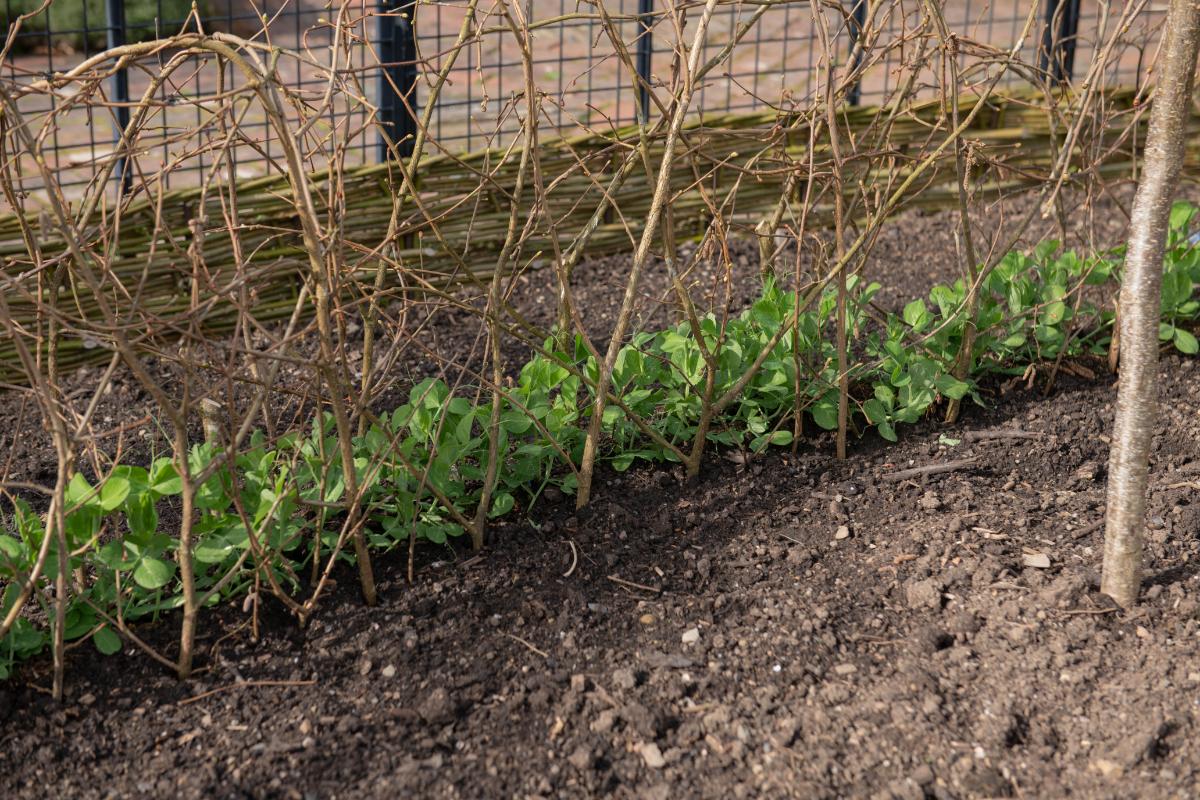
The beauty of the pea brush (besides the fact that it is a free natural product that is 100% eco-friendly) is that it is exceedingly easy to install. Really, it’s just a matter of “brushing” the peas…which only means to push the brush into the ground in the pea patch.
- Decide how long you need your supports to be (based on the mature height of the peas you are growing)
- Cut large branches down into smaller, workable sections
- Each piece of pea brush should be at least as tall as the mature height of the peas you are growing
- Feel free to go a bit longer than the height you expect your peas to grow to. This provides extra top support in case some peas get tall and reduces the likelihood of the branches being pushed over
- Strip away any low branching brush or leaves so that you have a straight bottom section to sink into the ground (12+ inches of straight stick at the bottom)
- Cut an angle on the bottom of the brush so it will be easy to pierce into the ground
- For varieties that are under 36 inches (3 feet) tall, sink the pea brush into the ground about 10 to 12 inches
- For taller varieties, sink pea brush in 12 to 18 inches deep
- If in doubt, deeper is always better to keep the brush from being pushed over by vigorous plants or wind
- Set the brush in at intervals of 4 to 6 inches (closer if the sticks are straight, wider spacing if there are branches to increase coverage for climbing)
- Pea brush should be installed when the peas are planted or shortly thereafter. Planting time is best so you know where the seeds are and you don’t cut into new roots.
- Plant the pea seed first, and then sink the brush in after. (It is too hard to try to plant around pea brush that is already set.)
- The best way to plant is to plant two double rows of peas set six (6) inches apart and then set the pea brush in the middle between the two rows. Both rows will be able to climb and intertwine in the brush, and this will lend stability from both sides of the brush.
- Watch as peas sprout and tendrils begin to reach out. If they are not finding the support, gently point and guide them to the brush. Do this over the first few days or a week after sprouting, and the peas will easily find and climb your pea brush.
What Varieties of Peas Do Best with Pea Brush?
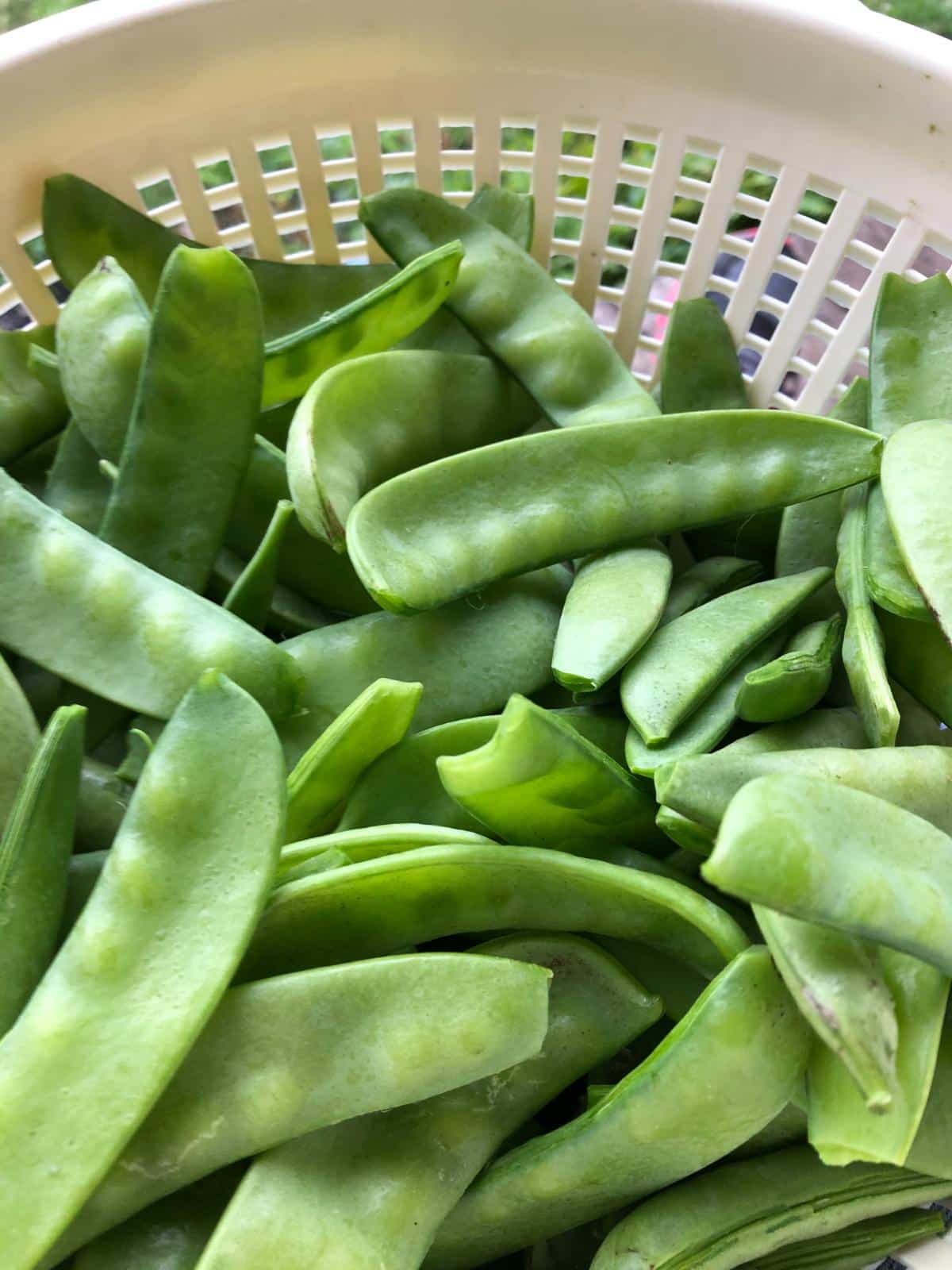
- Any variety of climbing peas can be grown on pea brush as long as you can get sturdy enough and long enough sections for the height of the pea plants you grow
- Shorter varieties of peas, those that have an expected top height of three feet (36 inches) or shorter, do very well with pea brush
- Taller varieties can do well with pea brush, too, but it may be more difficult to find enough tall branches to support rows of five to six-foot pea plants
- Pea brush can be used for all types of peas, including snow peas, snap peas, shelling, and drying peas
- Pea brush can even be used for short, bushing types of peas, but the brush should be set closer to the seed so the plants can grow up through the brush
Other Plants that Pea Brush is Good For
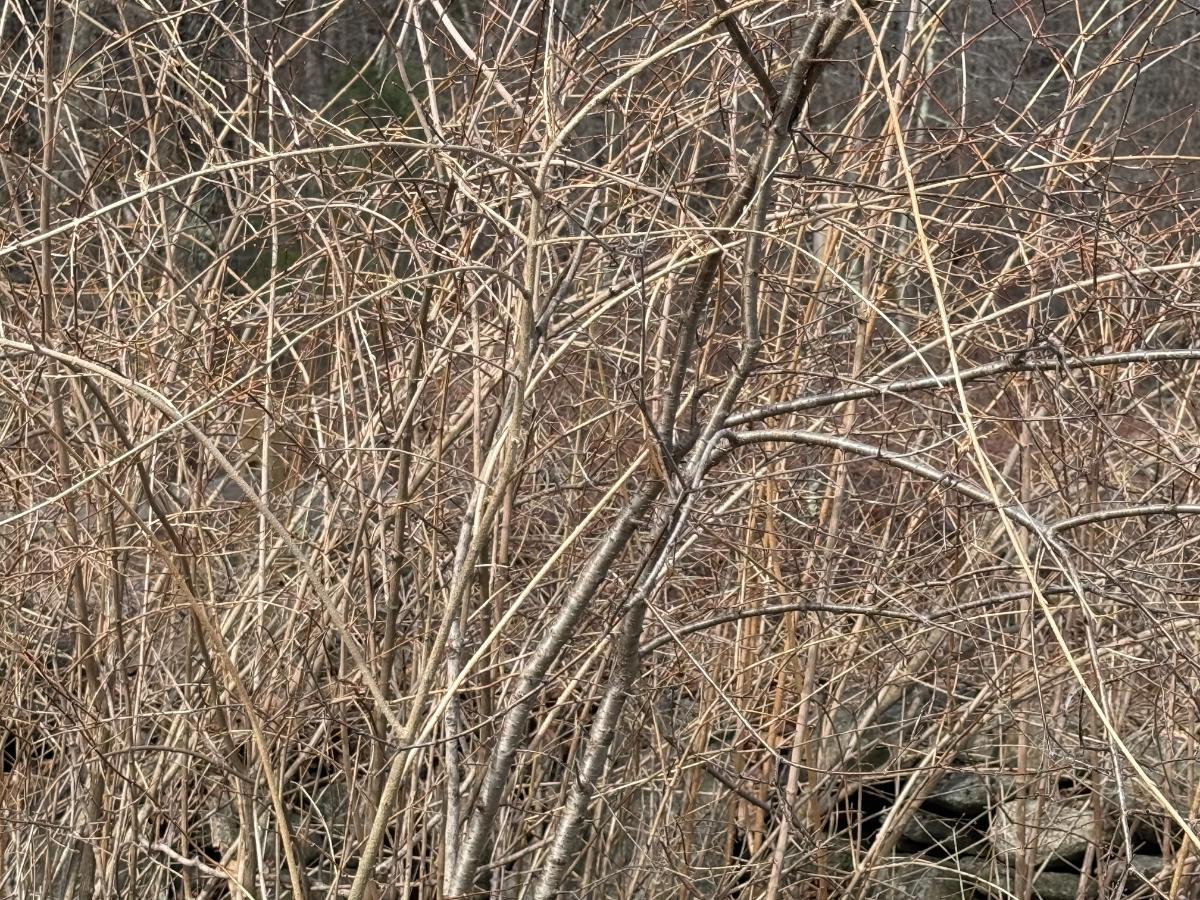
“Brushing” probably started with garden peas, but it didn’t stop there!
Brush makes a beautiful and natural-looking, environmentally sound support for many types of garden plants, landscape plants, and ornamentals.
Some other plants you might want to use pea brush for include:
- Climbing vines (usually low vines, not higher than the brush, but tall, sturdy brush can support larger vines)
- Perennial shrubs and bushes that need tying or extra support
- Tall flowers or flowers with heavy blossoms that tend to bend, fall, or break (peonies, gladioli, long-stemmed roses, etc.)
- Perennials in need of support
- At the base of larger trellises or supports so the small, young plants can cling from the beginning and be guided toward the larger support structures

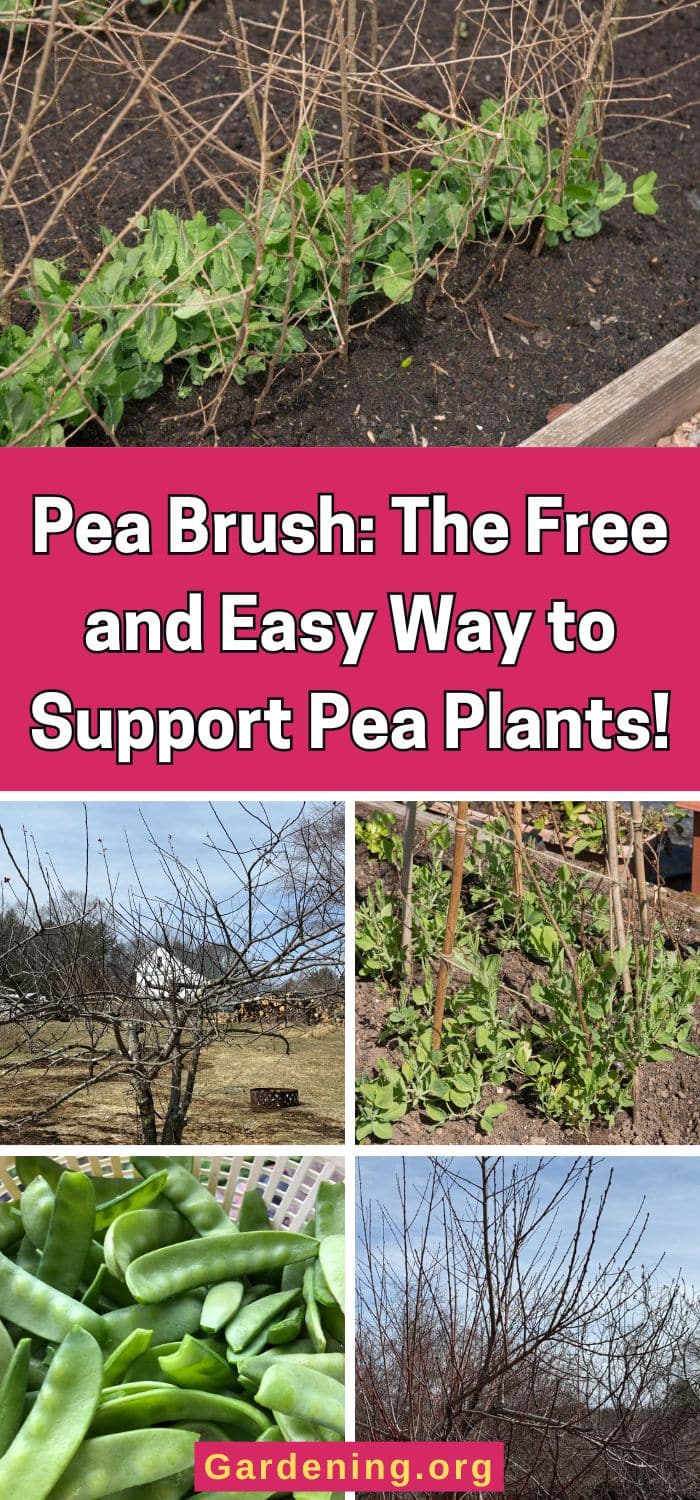
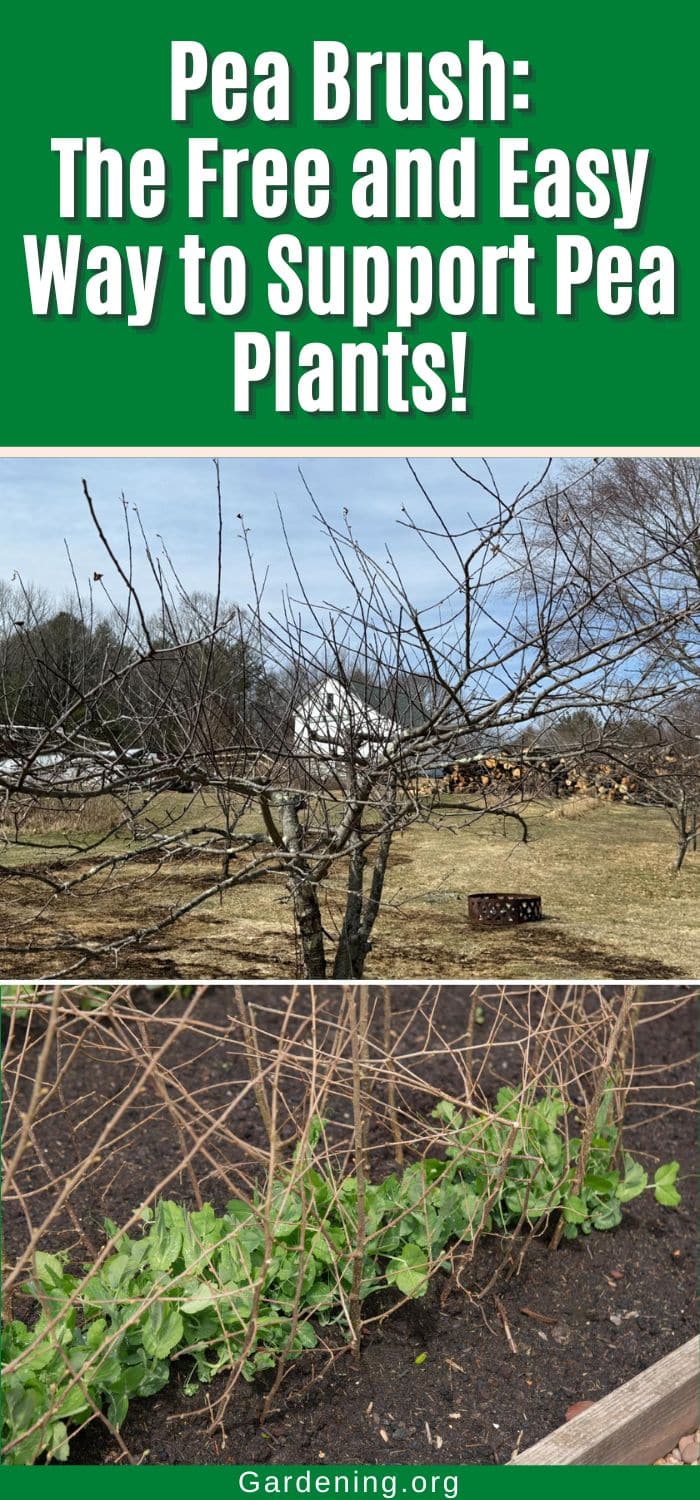
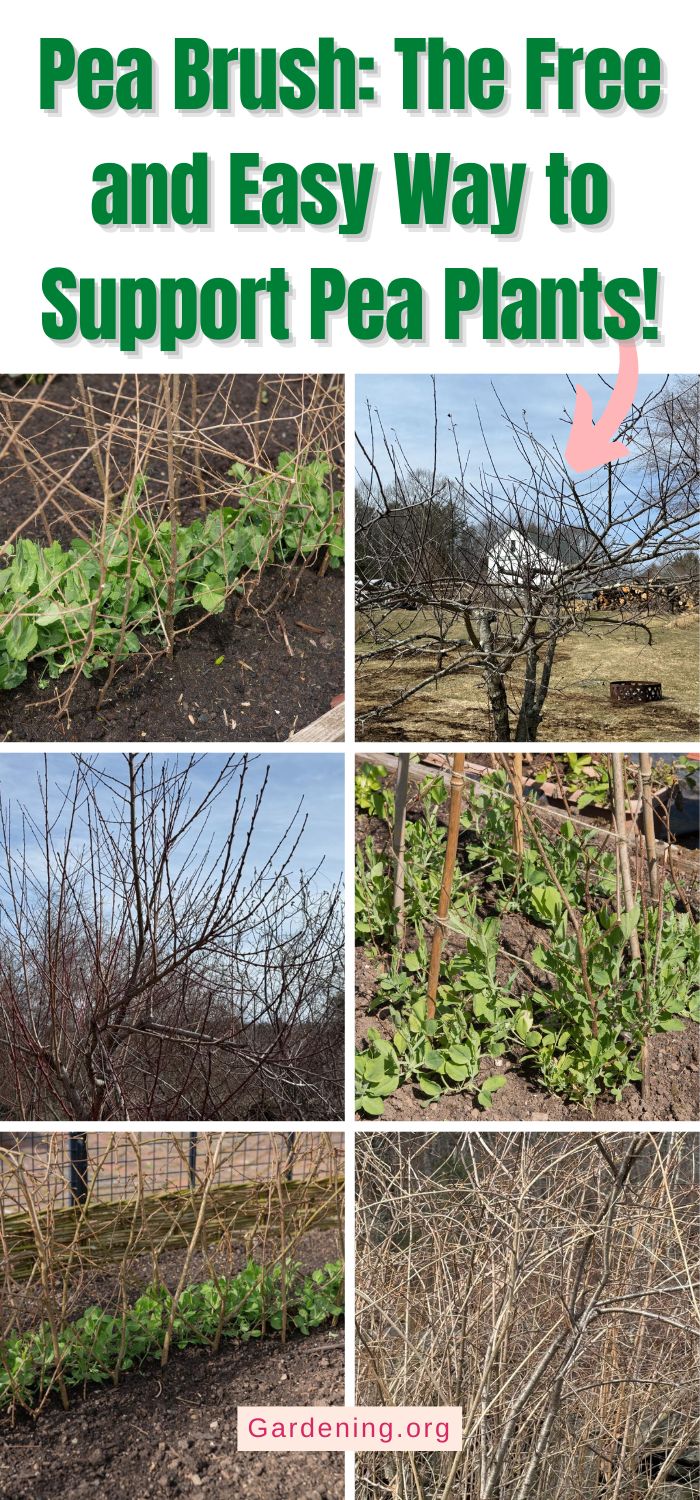
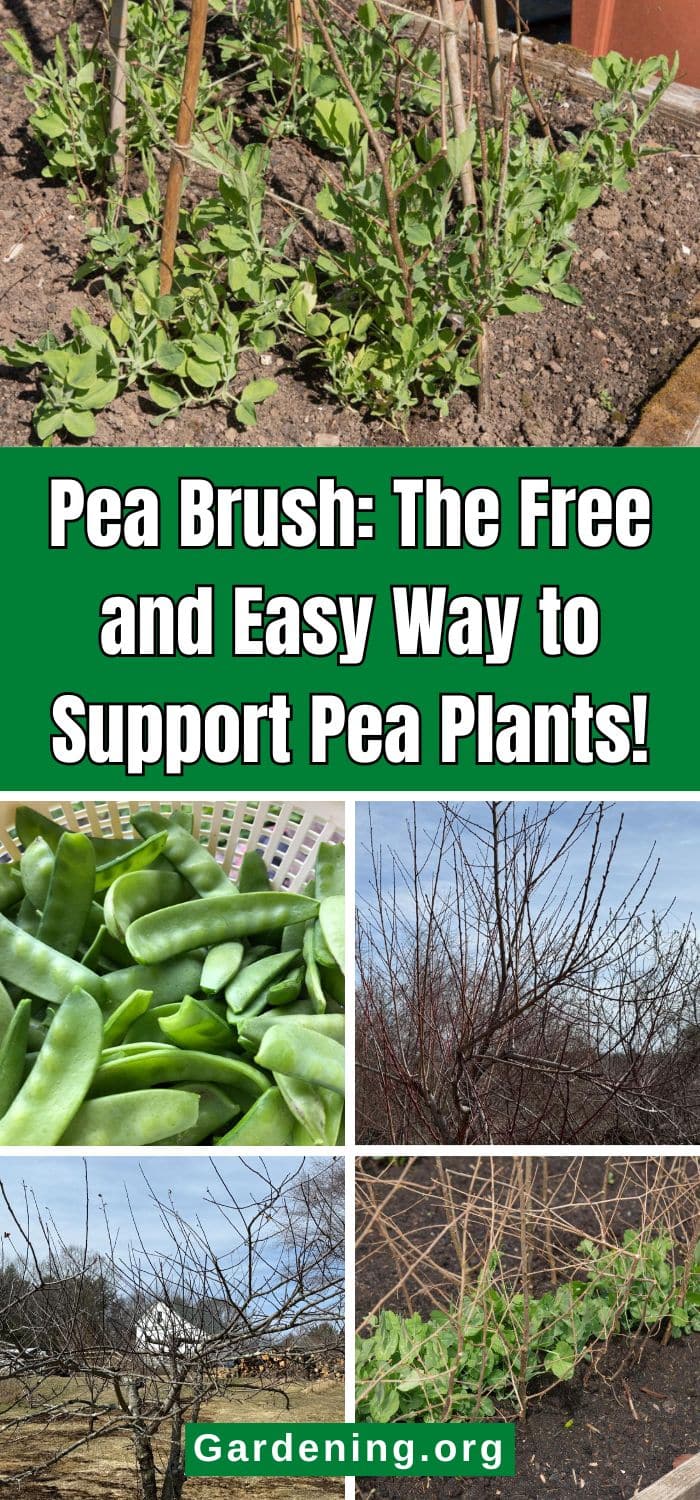
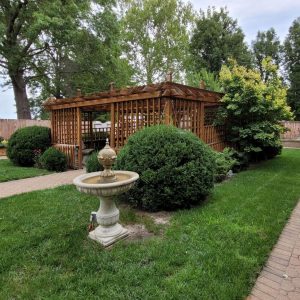
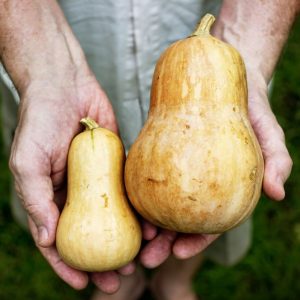
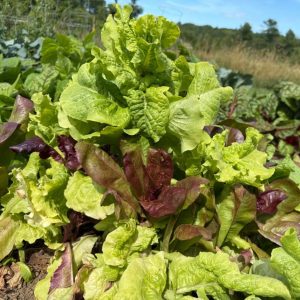
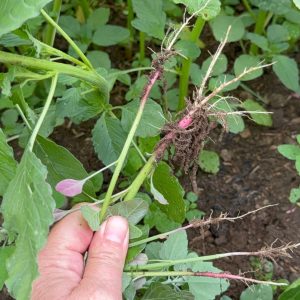
Leave a Reply